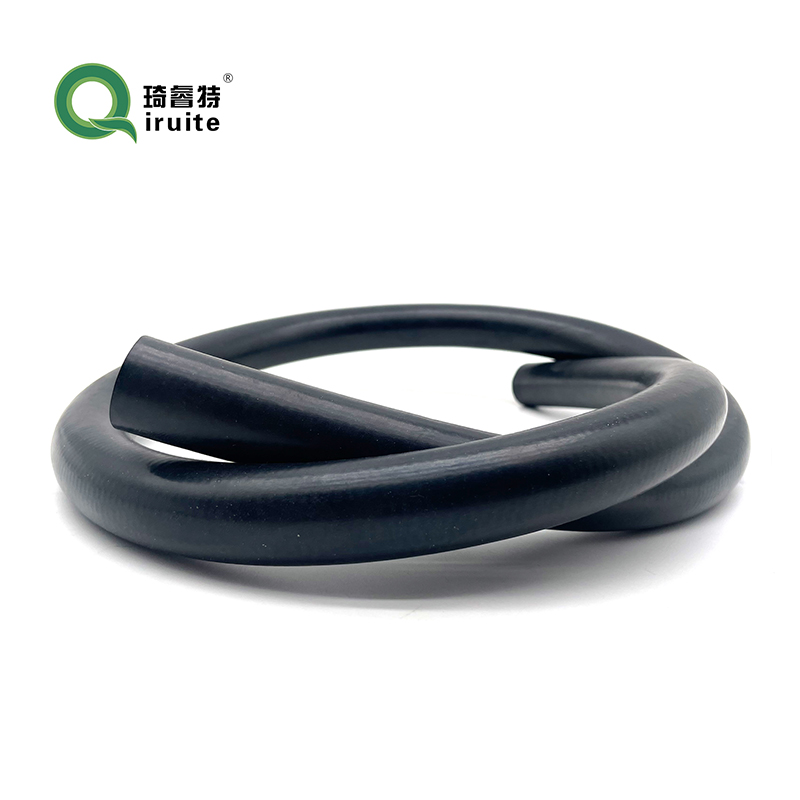air conditioning pipework
Understanding Air Conditioning Pipework Key Components and Best Practices
Air conditioning systems play a vital role in maintaining comfortable indoor environments, particularly in regions facing extreme temperatures. One of the fundamental components of these systems is the pipework that facilitates the circulation of refrigerants, cooling fluids, and air. Understanding the design, installation, and maintenance of air conditioning pipework is crucial for ensuring efficient and effective system performance.
The Basics of Air Conditioning Pipework
Air conditioning systems utilize a closed-loop refrigeration cycle to transfer heat from the interior of a building to the outside environment. The main components involved in this process include the compressor, condenser, evaporator, and expansion valve, along with a network of pipes that connects these elements.
1. Refrigerant Lines These pipes are specifically designed to transport refrigerants between the evaporator and the condenser. They typically come in two forms liquid lines that carry refrigerant in its liquid state and suction lines that transport refrigerant vapor. The pipe material is usually copper due to its excellent thermal conductivity and resistance to corrosion.
2. Drain Lines In addition to refrigerant lines, air conditioning systems also have drain lines to remove condensation generated during the cooling process. These lines divert water away from the unit, preventing water damage and mold growth.
3. Insulation Proper insulation of the refrigerant lines is critical for maintaining system efficiency. It prevents heat gain in the liquid line and heat loss in the suction line, ensuring that the refrigerant maintains the desired temperature during its journey through the system.
Installation Considerations
The installation of air conditioning pipework requires careful planning and execution. Here are some best practices to follow
- Sizing It is crucial to size the pipes correctly to ensure that refrigerant flows smoothly throughout the system. Undersized pipes can lead to restrictions, higher pressure drops, and reduced efficiency, while oversized pipes may result in poor system performance.
air conditioning pipework

- Routing The routing of pipes should minimize bends and fittings, as these can introduce additional resistance and energy loss. Where bends are necessary, they should be gradual and not sharp to maintain optimal flow.
- Supports and Hangers Proper support and secure mounting of pipes are essential to prevent vibrations and sagging, which can cause mechanical stress and potential leaks over time.
- Leak Testing After installation, it is critical to conduct thorough leak testing to ensure the integrity of the system. Any leaks can not only decrease system efficiency but can also lead to environmental concerns due to refrigerant escape.
Maintenance and Troubleshooting
Regular maintenance of air conditioning pipework contributes to prolonging system life and enhancing performance
- Inspection Periodic inspections should be conducted to check for signs of wear, corrosion, or leaks. Early detection of issues can prevent more significant and costly repairs down the line.
- Cleaning Over time, dirt and debris can accumulate in pipes, reducing efficiency. Regular cleaning ensures optimal flow and system performance.
- Refrigerant Levels Maintaining the correct refrigerant charge is vital. Too little refrigerant can lead to poor cooling, while too much can cause compressor damage.
Conclusion
Air conditioning pipework is a crucial component of HVAC systems, influencing their efficiency and effectiveness. By understanding the different types of pipes, ensuring proper installation, and committing to regular maintenance, users can enhance the performance of their air conditioning systems and ensure a comfortable indoor environment. With the right approach, air conditioning systems can operate efficiently, providing relief from extreme temperatures and improving indoor air quality.
-
Ultimate Spiral Protection for Hoses & CablesNewsJun.26,2025
-
The Ultimate Quick-Connect Solutions for Every NeedNewsJun.26,2025
-
SAE J1401 Brake Hose: Reliable Choice for Safe BrakingNewsJun.26,2025
-
Reliable J2064 A/C Hoses for Real-World Cooling NeedsNewsJun.26,2025
-
Heavy-Duty Sewer Jetting Hoses Built to LastNewsJun.26,2025
-
Fix Power Steering Tube Leaks Fast – Durable & Affordable SolutionNewsJun.26,2025

